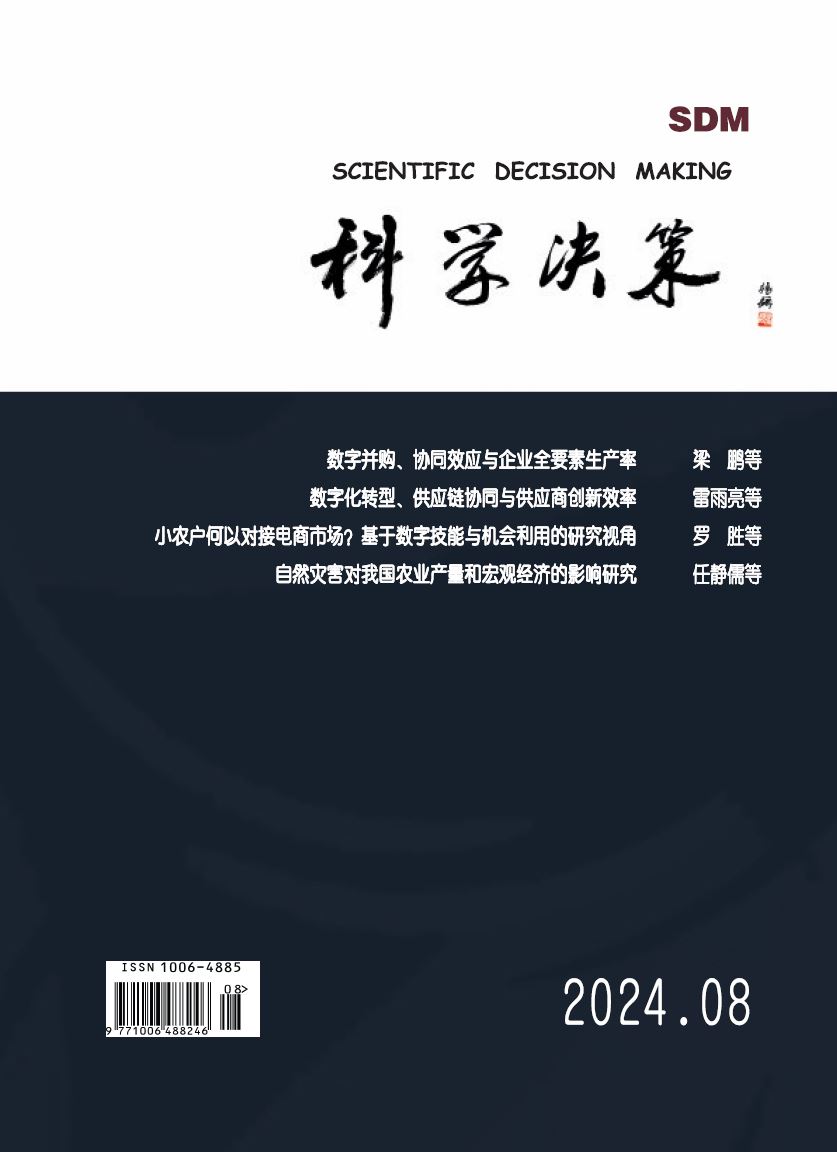Algorithm of Sequential Improving the Size Coefficient for Solving the Problem of Partitioning the Multiple Connected Orthogonal Polygon
引用次数: 0
Abstract
The problem of geometrical partitioning the multiple connected orthogonal polygon is considered in the given paper. The problem refers to the NP-hard class of problems because it is necessary to fulfill exhaustive search for assured finding the optimal solution. It stipulates the interest for developing efficient heuristic methods for solving the above problem. Some multiply-connected orthogonal polygon is supposed to be parted into a set of rectangles avoiding their intersecting and their crossing the polygon borders. The goal function represents certain minimization of summarized length of boundary junctions in the process of partitioning. The mathematical model of the problem is offered. The algorithm based on improving the size coefficient, characterizing the degree of rectangle elongation, has been developed. The algorithm consists of two procedures applied sequentially: the first one is for generating the primary polygon partitioning, and the second is for primary partitioning transformation taking into account the adjacent elements and the compound adjacent elements. The computing experiment has been carried out and the results are shown. Keywords—problem of geometrical partitioning, multiple connected orthogonal polygon, size coefficient, primary partition, composite united, minimization of joints length partition. I. PREFACE The partition problems refer to the class of discrete optimization problems. Actually, there are many problems based on the similar models, for example, scheduling cuttingpacking problems, nesting and many others. The solving of such problems is aimed at resource saving. The problems of orthogonal packing into a quadrant [7,8], on sheets [8,10] and into a semi-endless strip [9,14,15,17] are of special importance. No less important is determining of the lower and upper boundaries in cutting-packing problems [8]. Besides, there are classes of regular and non-regular packing problems [11]. All the above mentioned problems are considered for 2D and 3D space [12, 13, 16]. The researchers in this field have been developing new approaches to solving different specific problems that arise in practice. The partitioning problems have been known and are being researched to present day [1, 2]. In these problems it is required to divide some object into parts to reach definite aim. The partitioning problems are considered to be problems of rational use of resources, therefore the solving of the above problems results in real economic effect for business. The efficient solution to such problems is urgent from both theoretical and practical points of view. The partitioning problem can be considered as a separate problem as well as a sub-problem of some technological process [3, 4]. Technological processes in different applied branches of industry are known to use the stage of cutting or the stage of element placement taking into account their geometrical properties [3]. The process is very important for resource saving but it is difficult for decision making. The classification of the basic models for geometrical placement problems is given in papers [2, 5]. The process of creating a card for geometrical partitioning the multiple connected orthogonal polygon into rectangular domains is considered in the given paper. II. THE PROBLEM OF GEOMETRICAL PARTITIONING THE MULTIPLE CONNECTED ORTHOGONAL POLYGON Let us consider in greater detail the problem of geometrical partitioning the multiple connected orthogonal polygon (MOP), where it is required to divide some domain into minimum number of elements (rectangles). At that, the total length of boundary junctions of the elements can be considered as an important criterion of partitioning. When solving such problems, the existence of the so-called prohibited zones in the area to be divided is of great importance because the search for the algorithm depends on it. The proposed mathematical model of the problem of geometrical partitioning MOP is a modification of the subproblem to the complex problem of geometrical covering and orthogonal cutting [3, 6]. 7th Scientific Conference on Information Technologies for Intelligent Decision Making Support (ITIDS 2019) Copyright © 2019, the Authors. Published by Atlantis Press. This is an open access article under the CC BY-NC license (http://creativecommons.org/licenses/by-nc/4.0/). Advances in Intelligent Systems Research, volume 166求解多连通正交多边形划分问题的序贯改进尺寸系数算法
本文研究了多连通正交多边形的几何划分问题。这个问题是np困难的一类问题,因为它需要完成穷举搜索以保证找到最优解。它规定了开发有效的启发式方法来解决上述问题的兴趣。将多连通正交多边形分割成一组矩形,以避免矩形之间的相交和交叉。目标函数表示在划分过程中边界结点总长度的最小化。给出了该问题的数学模型。提出了一种基于提高表征矩形伸长程度的尺寸系数的算法。该算法分为两个步骤依次进行:第一步生成初等多边形划分,第二步进行考虑相邻元素和复合相邻元素的初等划分变换。并进行了计算实验,给出了计算结果。关键词:几何划分问题,多连通正交多边形,尺寸系数,初始划分,复合统一,最小节点长度划分。划分问题是一类离散的优化问题。实际上,基于类似模型的问题有很多,例如调度、切割、包装、嵌套等问题。解决这些问题的目的是为了节约资源。正交填充到象限[7,8]、片上[8,10]和半无穷条上[9,14,15,17]的问题是特别重要的。切割-充填问题中上下边界的确定同样重要。此外,还有规则和非规则包装问题[11]。上述所有问题都考虑了二维和三维空间[12,13,16]。这一领域的研究人员一直在开发新的方法来解决实践中出现的不同具体问题。划分问题已经为人所知,并且目前正在研究中[1,2]。在这些问题中,需要把一些物体分成若干部分,以达到明确的目的。划分问题被认为是合理利用资源的问题,因此上述问题的解决对企业具有真正的经济效应。从理论和实践的角度来看,有效地解决这些问题是迫切需要的。划分问题可以看作是一个独立的问题,也可以看作是某一工艺过程的子问题[3,4]。在工业的不同应用分支中,已知的技术过程是使用切割阶段或元件放置阶段,考虑到它们的几何特性[3]。这一过程对节约资源非常重要,但对决策却很困难。文献[2,5]给出了几何布置问题基本模型的分类。本文研究了将多个连通的正交多边形几何划分为矩形域的卡片制作过程。2多连通正交多边形的几何划分问题让我们更详细地考虑多连通正交多边形(MOP)的几何划分问题,其中需要将一些域划分为最小数量的元素(矩形)。此时,单元边界结点的总长度可作为划分的重要依据。在求解这类问题时,要划分的区域中是否存在所谓的禁区是非常重要的,因为算法的搜索依赖于它。提出的几何划分MOP问题的数学模型是对复杂的几何覆盖与正交切割问题的子问题的修正[3,6]。第七届智能决策支持信息技术科学会议(ITIDS 2019)版权所有©2019,作者。亚特兰蒂斯出版社出版。这是一篇基于CC BY-NC许可(http://creativecommons.org/licenses/by-nc/4.0/)的开放获取文章。智能系统研究进展,第166卷
本文章由计算机程序翻译,如有差异,请以英文原文为准。
求助全文
约1分钟内获得全文
求助全文

 求助内容:
求助内容: 应助结果提醒方式:
应助结果提醒方式:


